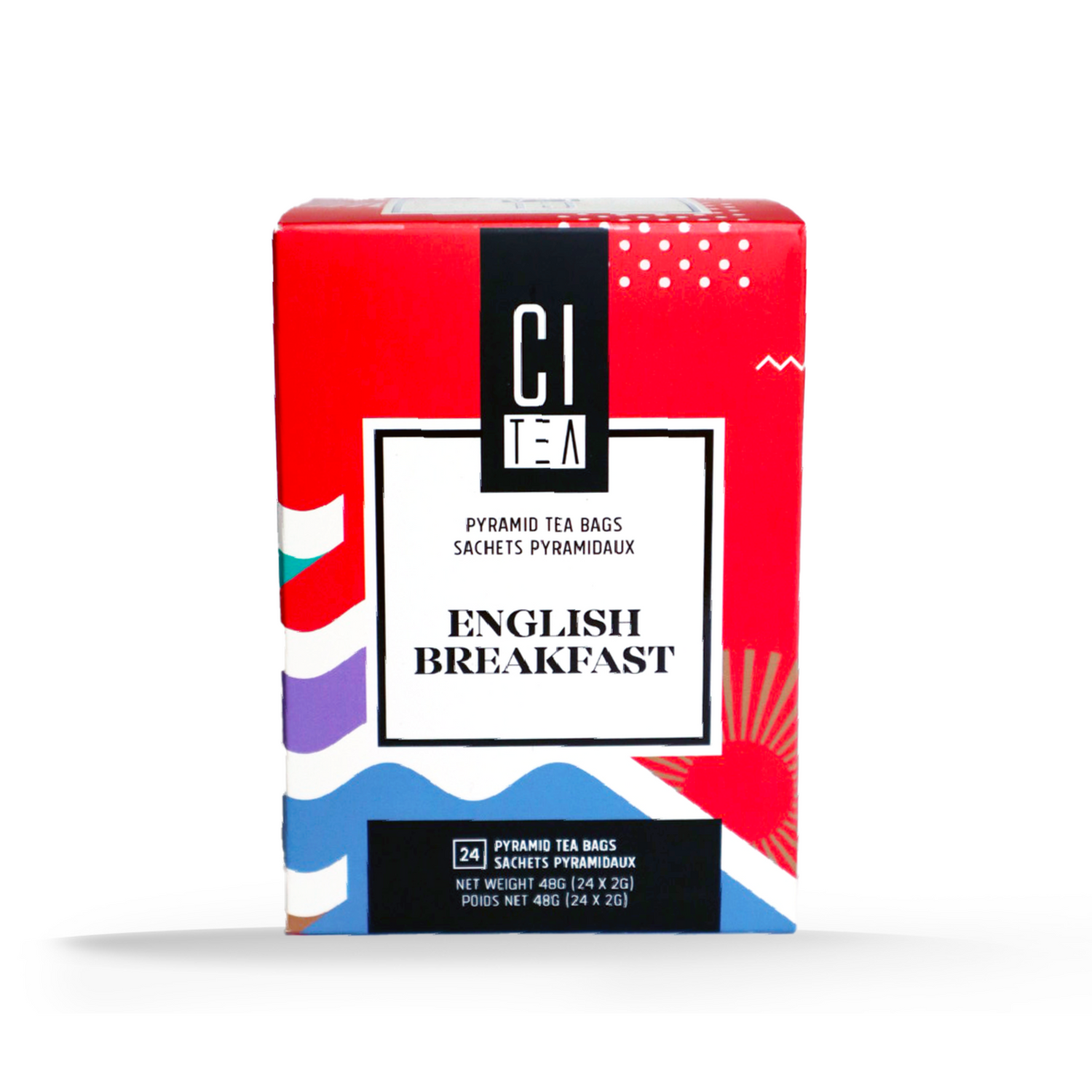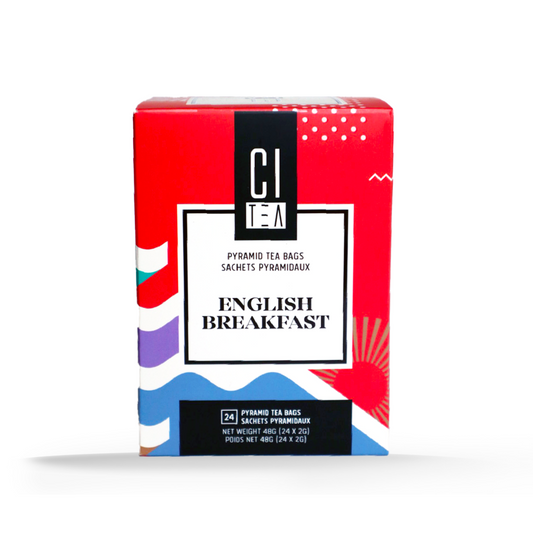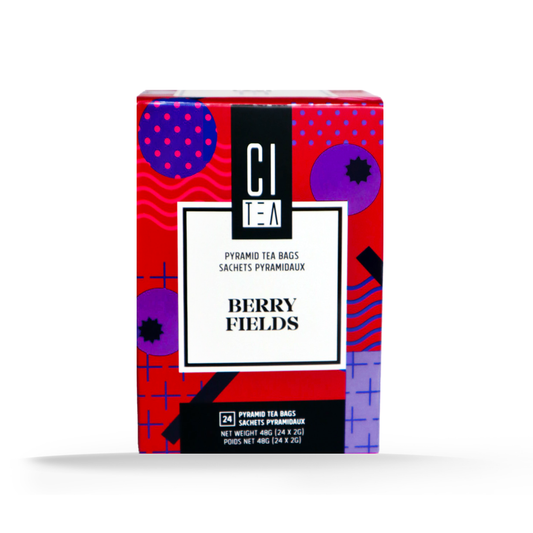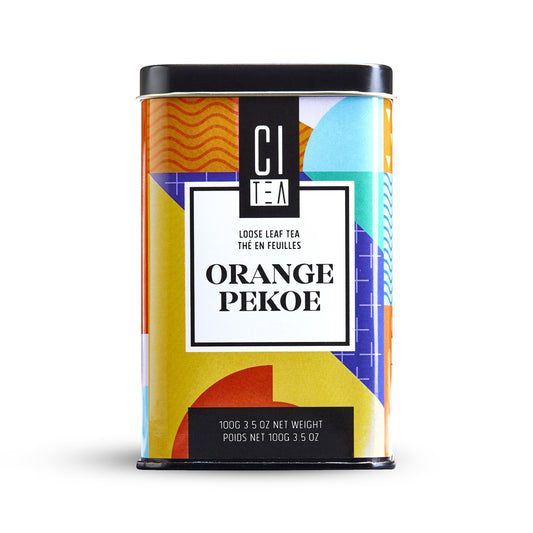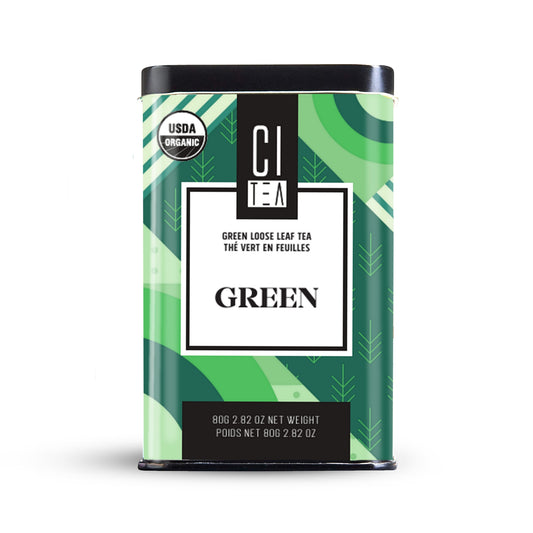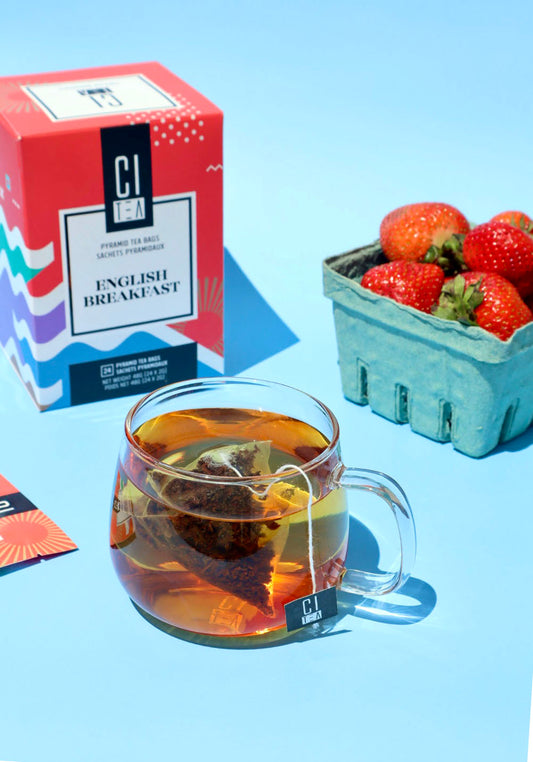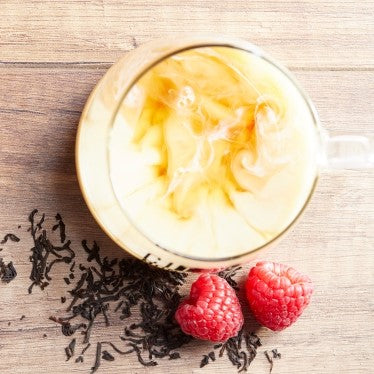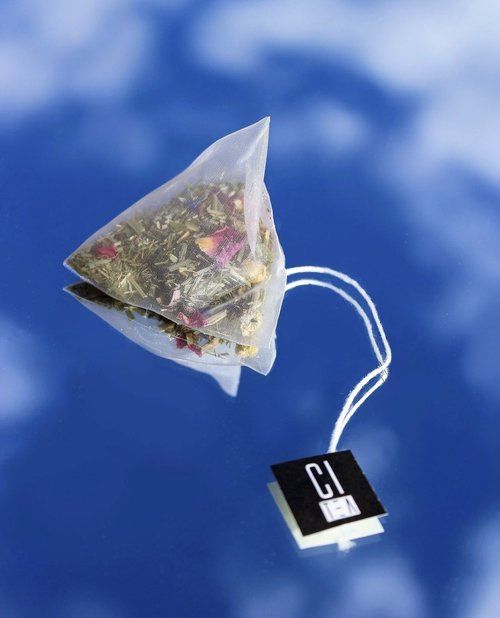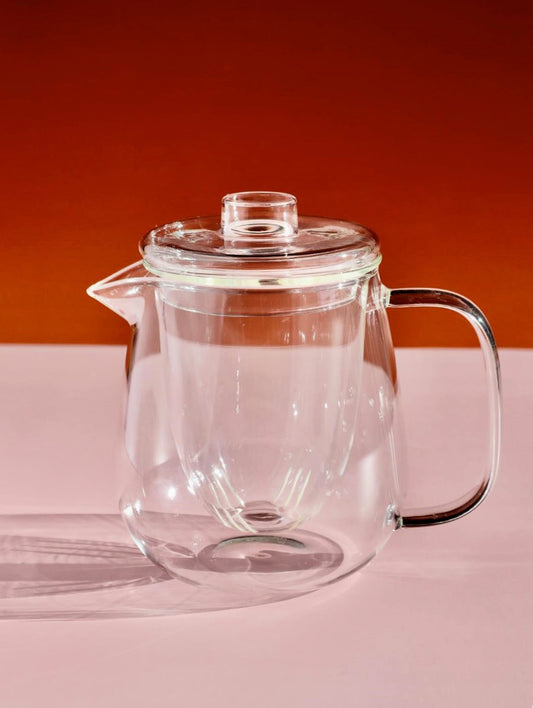What is Orange Pekoe tea?
Tea is a beverage with a rich history and diverse cultural significance, encompasses a vast array of varieties that cater to every palate. One such distinguished tea that has captivated enthusiasts worldwide is Orange Pekoe. Despite its name, Orange Pekoe has nothing to do with oranges; rather, it refers to the grade and size of the tea leaves. In this blog, we embark on a journey to unravel the nuances of Orange Pekoe tea, exploring its origins, characteristics, and the art of savoring this exquisite brew.

Orange Pekoe Definition
Orange Pekoe tea hails from the Camellia sinensis plant, the source of all traditional teas. The term “Orange Pekoe” actually refers to the unopened, whole tea leaves, and it is associated with a specific grading system rather than a flavor profile. The grading system categorizes the size and quality of tea leaves, with Orange Pekoe being one of the higher grades, signifying the presence of young, tender leaves.
Usually, the tea in pocket tea bags found in stores is not an actual Orange Pekoe tea but rather a lower Pekoe grade.
Tea Leaf Grading
Tea leaf grading is a meticulous and essential aspect of the world of tea, influencing both the quality and characteristics of the final brew. The grading system categorizes tea leaves based on size, appearance, and sometimes the part of the plant they are sourced from. One of the widely used grading terms is "Orange Pekoe," a term that might be misleading to some, as it has nothing to do with oranges but instead signifies a high-grade, whole leaf tea.
- Orange Pekoe (OP): Often associated with black teas, Orange Pekoe refers to whole, unbroken tea leaves. Contrary to popular belief, it has nothing to do with the flavor or the inclusion of oranges but is a grading term that denotes high-quality, whole leaves.
- Flowery Orange Pekoe (FP): This grade includes young tea leaves with some tips or buds, contributing to a milder and more delicate flavor.
- Golden Flowery Orange Pekoe (GFOP): Similar to FOP, this grade contains a higher proportion of tips, often golden in color, enhancing the tea's overall appearance and flavor.
- Tippy Golden Flowery Orange Pekoe (TGFOP): This grade has an even higher proportion of tips, providing a rich and flavorful cup.
- Finest Tippy Golden Flowery Orange Pekoe (FTGFOP): An indication of an exceptionally high-quality tea with abundant golden tips, resulting in a premium and complex flavor.
- Broken Orange Pekoe (BOP): This grade consists of broken tea leaves, often used in tea bags. While the leaves are not whole, they can still produce a robust and flavorful brew.
- Dust and Fannings: These are small, broken tea particles often used in tea bags. While they may lack the visual appeal of whole leaves, they infuse quickly, making them suitable for a quick cup of tea.
Characteristics of Orange Pekoe Tea
Whole Leaf Excellence
Orange Pekoe tea is characterized by its unbroken, whole tea leaves. This grade ensures that the leaves are picked when they are young and haven't fully opened, contributing to a delicate and nuanced flavor profile.
Flavorful Complexity
Orange Pekoe tea offers a complex and full-bodied flavor that is both robust and aromatic. The young leaves bring a certain sweetness to the brew, while the unbroken nature of the leaves ensures a well-rounded and satisfying cup.
Versatility
While often associated with black tea, Orange Pekoe can be found in various types, including green, white, and oolong. The versatility of Orange Pekoe allows tea enthusiasts to explore a range of flavors within the same grade.
Cultivation and Harvesting
The cultivation and harvesting of Orange Pekoe tea require precision and care. Typically grown in regions with favorable climate conditions such as India, Sri Lanka, and Kenya. Orange Pekoe tea is harvested by hand, ensuring that only the youngest leaves are plucked. This meticulous process contributes to the tea's premium quality and distinct flavor.
Brewing the Perfect Cup
Brewing Orange Pekoe tea is an art that requires attention to detail. Here's a simple guide to help you savor the essence of this exceptional tea:
- Water Temperature: Boil fresh, filtered water and allow it to cool slightly before pouring it over the tea leaves. For black Orange Pekoe tea, a temperature of around 200-212°F (93-100°C) is ideal.
- Steeping Time: Allow the tea to steep for 3-5 minutes. Adjust the steeping time based on personal preference for a stronger or milder flavor.
- Tea-to-Water Ratio: Use approximately one teaspoon of Orange Pekoe tea leaves per 8 ounces of water. Adjust the ratio based on your taste preferences.
- Savoring the Aroma: Before taking your first sip, take a moment to appreciate the rich aroma that wafts from the steeped leaves. This sensory experience enhances the overall enjoyment of the tea.
Orange Pekoe tea, with its whole leaf elegance and flavorful complexity, stands as a testament to the artistry and tradition embedded in the world of tea. Whether you're a seasoned tea connoisseur or a curious beginner, exploring the nuances of Orange Pekoe is a journey that promises a symphony of taste and a deeper appreciation for the craft of tea-making. So, steep, sip, and savor the excellence of Orange Pekoe tea—one cup at a time.
